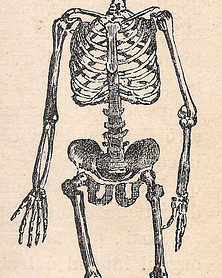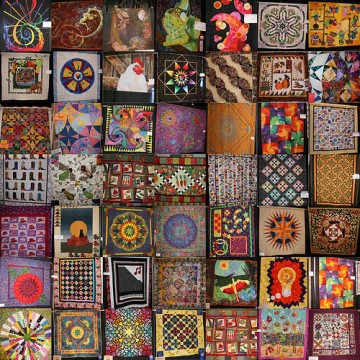
Rainbow Brite was a childhood fixture for most girls who grew up in the 80s in North America. She was cheerful and colourful, had a pony, a sprite friend called Twink, her own animated television show and best of all, there were fabulous Rainbow Brite toys. She was the Punky Brewster of cartoons and I thought she was very cool.
Though I am always excited to see old toys come back into fashion, the makeover that often accompanies them is usually baffling, as toy companies scramble to remix old icons with what they imagine today’s kids want. In the case of Rainbow Brite, who recently turned 25, maker of syrupy sweet movies-of-the-week and greeting cards Hallmark is the culprit (they were also her original creator). About the makeover:
Still magical, but with a modern flair, [Rainbow Brite] has a look that fits with today’s tween market. Playmates Toys has been given the master toy license and a whole series of toys; including fashion dolls, plushies and horses that will hit shelves this fall! (source)
The results of their re-visioning are innocuous and bland (here to see). They have turned Rainbow Brite into an acid-trippy, less sexy version of Bratz dolls. I am imagining a group of middle-age executives huddled in a beige board room somewhere trying to answer the question of ‘what does the all important tween market want?’
I think they have failed, but then again, I was a child of the 80s. I am also probably just as out of touch.
What do you think?
Raibow Brite image by Sterin





